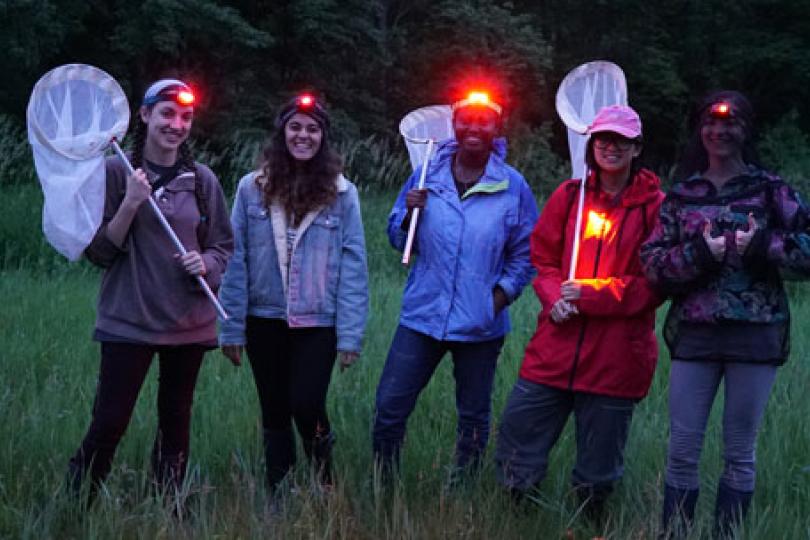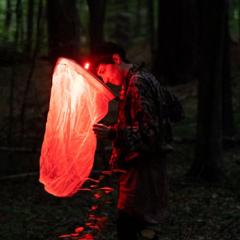Light pollution: an environmental issue that affects us all
Before humans invented fire, the only things that lit up the night were transient: the moon, the stars and bioluminescent life (mostly fireflies). But as advances in technology have made it cheaper and easier for us to light up our world, artificial light has pervaded urban, suburban and rural habitats alike -- where it often shines all night, all year-round.
In this July 2021 event, Switzer Fellow Avalon C.S. Owens led a discussion of how light pollution impacts people and the planet, and reviewed current recommendations of easy, energy-saving ways to protect the night. She concluded by talking about her Ph.D. research into effects of light pollution on fireflies.
The following is a summary of the key takeaways from the event, including a PDF of the presentation slides and links to additional resources.
The first step to addressing the issue is realizing that light pollution is a problem in the first place. Artificial light at night (ALAN) can harm plant and animals in several major ways. It can confuse their internal clocks (temporal disorientation), interfere with their ability to navigate by the moon or stars (spatial disorientation), fatally attract them or force them out of otherwise suitable habitat (phototaxis), blind or stun them (desensitization), and otherwise alter their ability to recognize resources in the environment (recognition). Reducing ALAN can benefit both humans and natural ecosystems.
Recommendations for how to reduce ALAN in the environment include:
- tolerating darkness in areas where ALAN is not necessary;
- restricting how much ALAN is allowed, particularly in conservation areas;
- when ALAN is necessary, minimizing its impact through shielding, adjusting light color and intensity, and using automatic timers or motion detectors; and
- considering potential impacts early-on when planning infrastructure, technology and policies that may cause ALAN.
Fireflies are charismatic flagship species capable of inspiring profound environmental progress. Best practices for protecting fireflies have been created and can be found in the resources section below.
Contact Avalon with questions or for more information on light pollution or fireflies.

